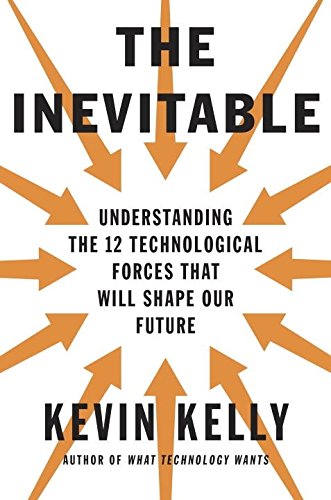Understanding Artificial Intelligence Ebook Download

The ultimate aim of artificial intelligence (A.I.) is to understand intelligence and to build intelligent software and robots that come close to the performance of humans. On their way towards this goal, A.I. Researchers have developed a number of quite different subdisciplines. This concise and accessible Introduction to Artificial Intelligence supports a foundation or module course on A.I. Parallels Desktop 7 Serial Number Download. , covering a broad selection of the subdisciplines within this field. The textbook presents concrete algorithms and applications in the areas of agents, logic, search, reasoning under uncertainty, machine learning, neural networks and reinforcement learning.
Great help if you are about to select Artificial Intelligence as a course subject. You can briefly know about the areas of AI in which research is prospering. This tutorial is prepared for the students at beginner level who aspire to learn Artificial. The basic knowledge of Computer Science is. I focus more on the ideas and their realizations than on the personalities involved. I believe that to appreciate AI's history, one has to understand, at least in lay terms, something about how AI programs actually work. If AI is about endowing machines with intelligence, what counts as a machine? To many people, a. The science and engineering of making intelligent machines, which can also refer to intelligence as exhibited by an artificial (man-made, non-natural, manufactured) entity.
“The book overall is very readable and relevant. One of the most valuable aspects of this book are the worked out examples and numerous (solved) exercises. Overall, this is a very well written and pedagogical book that fills an important niche in the Artificial Intelligence educational literature. Highly recommended.” (Bojan Tunguz, tunguzreview.com, July, 2015) “This accessible and concise introduction to the field of artificial intelligence (AI) is intended primarily for self-study or as a foundation of a short course on the subject. The book consists of ten topic chapters, each one of which offers an extended list of exercises. Chapter 11 contains solutions to all exercises. Additional teaching resources, including lecture slides, are available on the book website.” (Neli Zlatareva, Zentralblatt MATH, Vol.
1238, 2012) “The book is aimed primarily at undergraduates who have not yet taken linear algebra or multidimensional calculus. It contains many exercises with solutions at the back; thus, it supports self-learning. The many excellent figures, some in color, help make the material easily understandable. A companion Web site contains supplementary materials, such as program code for the book, most of which is in or commented on in German. Summing Up: Recommended.
Build real-world Artificial Intelligence applications with Python to intelligently interact with the world around you.
Upper-division undergraduates and above.” (S. Tanimoto, Choice, Vol. 49 (2), October, 2011).